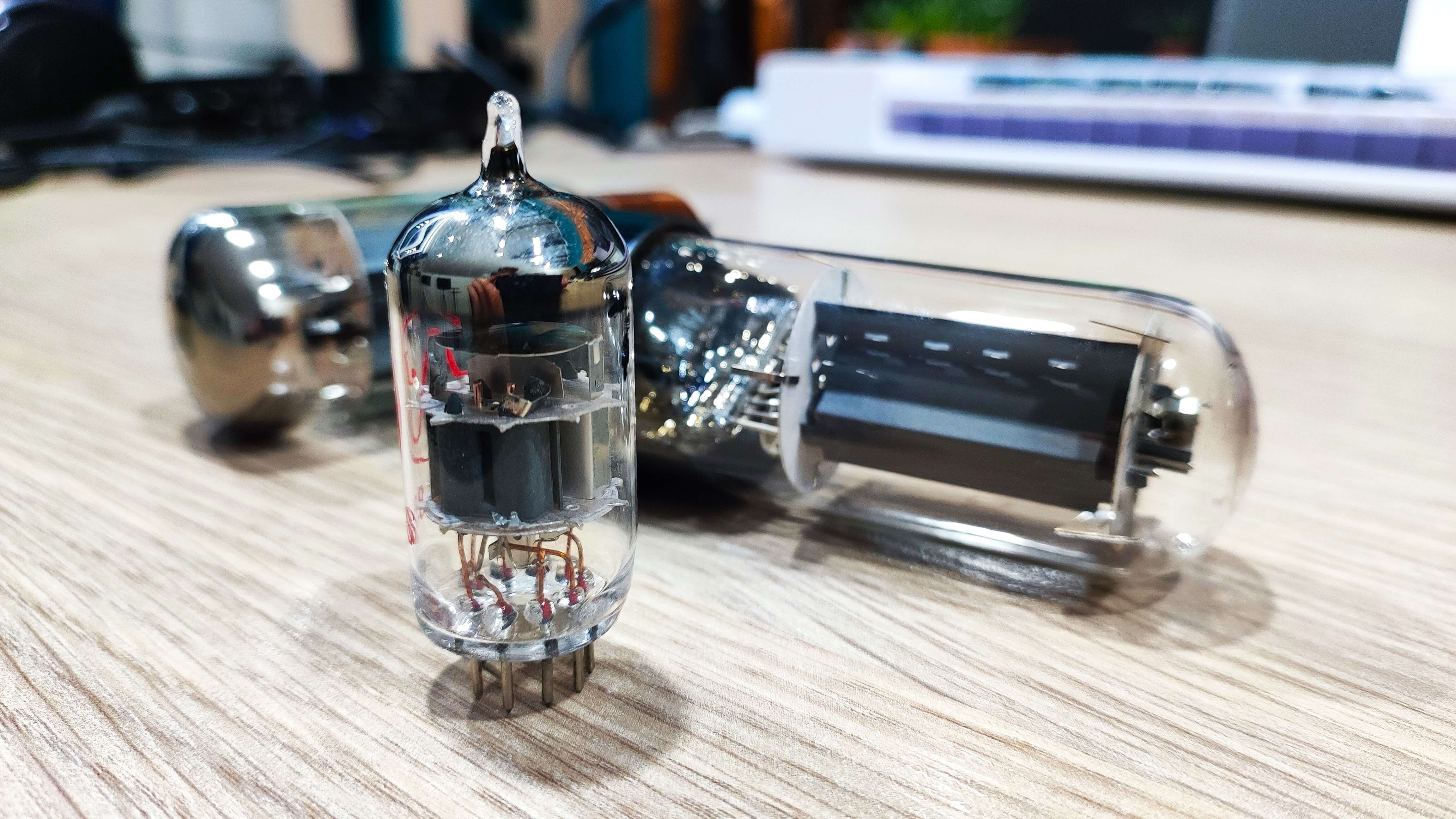The Role of Tubes in Guitar Amplifiers: How Preamp and Power Tubes Shape Your Sound
Introduction
Guitar amplifiers are not just simple machines; they are the heart of a guitarist’s sound, a crucial element that defines the tone and style of the music produced. Within the complex structure of an amplifier, tubes play a pivotal role, especially in tube amplifiers where the characteristics of these vacuum tubes substantially influence the sound output. This article explores the distinct roles of preamp and power tubes in guitar amplifiers, focusing on how each type contributes to the sound that ultimately fills rooms and captures hearts.
The Fundamentals of Tube Amplifiers
Before delving into the specific roles of different tubes, it’s essential to understand the basic architecture of a tube amplifier. Typically, a tube amplifier consists of two main stages: the preamp stage and the power amp stage. The preamp stage amplifies the initial guitar signal, preparing it for further amplification or processing. Following this, the power amp stage boosts the pre-amplified signal to a level strong enough to drive the speakers. This two-stage process is where preamp and power tubes come into play, each affecting the amplifier’s performance in unique ways.
Preamp Tubes: The Tone Shapers
Preamp tubes, such as the popular 12AX7, are often considered the tone shapers of an amplifier. These tubes are responsible for the initial processing of the guitar’s signal, including its amplification and the introduction of distortion. The 12AX7 is known for its ability to provide a high gain, which makes it ideal for generating the rich harmonic distortion that many guitarists seek.
The choice of preamp tubes significantly affects the amp’s tone and distortion characteristics. For example, swapping a 12AX7 with a tube that offers lower gain can reduce the amplifier’s distortion, leading to a cleaner sound. Conversely, a higher gain tube can enhance the amp’s responsiveness to nuances in playing dynamics, offering a broader palette of sonic textures.
Power Tubes: The Dynamics Controllers
Following the preamp stage, the power tubes take over to amplify the signal to a level that can drive speakers. The type of power tubes used, such as 6L6 or EL34, greatly influences the overall sound and dynamics of the amplifier. These tubes are critical in defining how the amplifier handles high volumes and impacts the sound’s clarity and warmth.
6L6 tubes are known for their robust, round sound and are often associated with American-style amplifiers. They tend to produce cleaner tones and are excellent for styles that require clear, articulate sound at high volumes. On the other hand, EL34 tubes, which are commonly found in British amplifiers, offer a more aggressive mid-range punch, making them ideal for rock and metal genres where a grittier, more present guitar tone is desirable.
Balancing Preamp and Power Tubes
The interplay between preamp and power tubes is essential for achieving the desired sound. Guitarists often experiment with different combinations of tubes to find the balance that best suits their musical style and preference. Adjusting one set of tubes without considering the other can lead to unexpected changes in sound, demonstrating the need for a holistic approach when tweaking amplifier settings.
Conclusion
In conclusion, both preamp and power tubes are crucial to the performance and character of a tube amplifier. While preamp tubes shape the tone and initial distortion of the sound, power tubes influence the amplifier’s output, dynamics, and how it reacts under different volumes. Understanding the roles of these tubes not only enhances one’s knowledge of guitar equipment but also empowers musicians to customize their sound to an unprecedented degree, allowing for a more expressive and personal musical experience.





You must be logged in to post a comment.